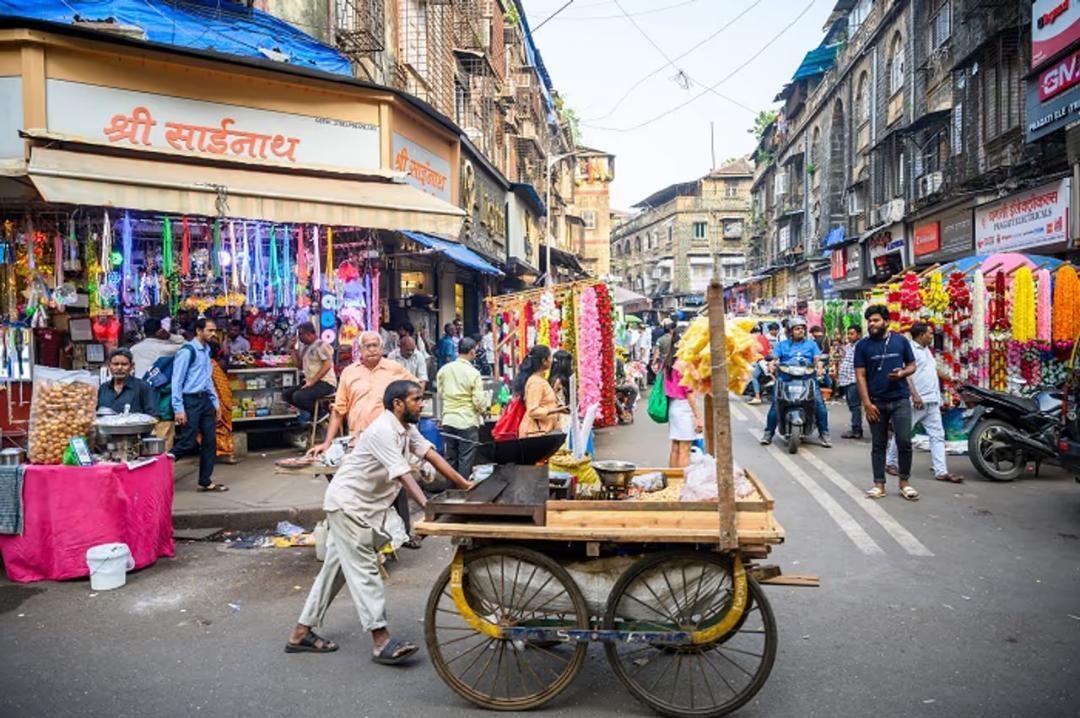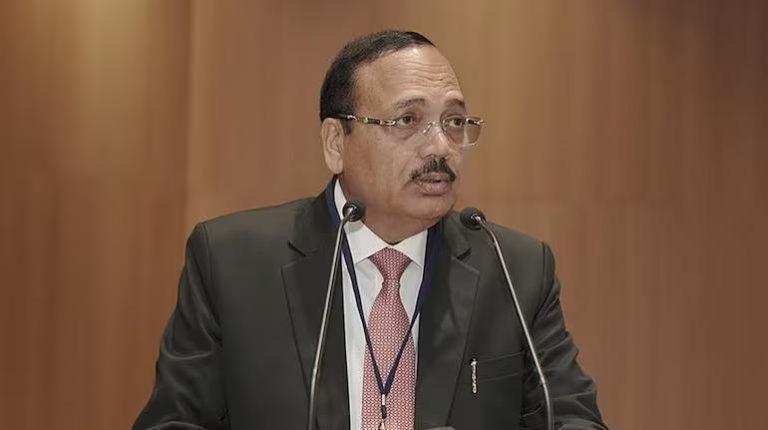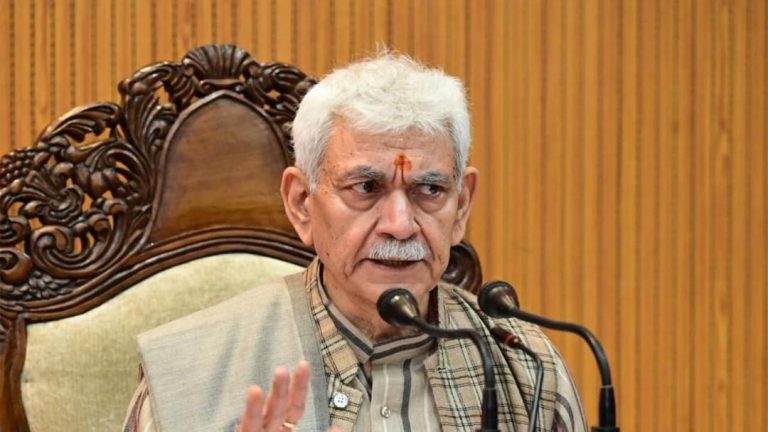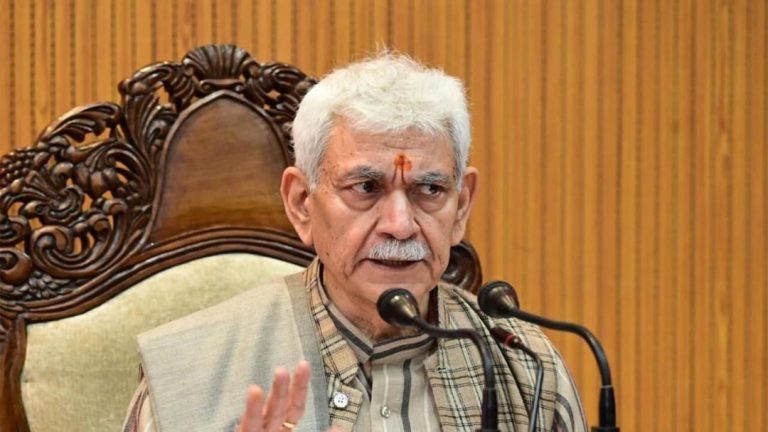
Mumbai to Revamp Footpaths in ₹100-crore City Upgrade
Mumbai, the financial capital of India, is known for its bustling streets and crowded sidewalks. However, the city’s footpaths have long been a subject of concern for pedestrians, with uneven surfaces, lack of accessibility, and poor maintenance being some of the common issues. But, in a bid to transform the city’s walkways and make them more pedestrian-friendly, the Brihanmumbai Municipal Corporation (BMC) has launched a ₹100-crore footpath revamp project across 14 key roads in the city.
The project, which aims to improve walkability and accessibility, will see the introduction of smoother walkways, ramps, tactile paths, modern signages, and IRC-standard designs crafted by urban planners. These “model footpaths” will first roll out on select pilot roads across the city, with the goal of creating a more sustainable and pedestrian-friendly infrastructure.
The revamp project is a much-needed initiative, as Mumbai’s footpaths have long been plagued by issues such as uneven surfaces, potholes, and lack of accessibility for people with disabilities. The city’s sidewalks are often encroached upon by vendors, parked vehicles, and construction material, making it difficult for pedestrians to navigate through the streets. The new footpaths will be designed to address these issues, with features such as dedicated pedestrian zones, improved lighting, and enhanced accessibility for people with disabilities.
One of the key features of the revamped footpaths will be the introduction of tactile paths, which will provide a safe and accessible route for visually impaired pedestrians. The tactile paths will be designed with raised patterns and colors, allowing visually impaired individuals to navigate through the streets with ease. Additionally, the footpaths will be equipped with modern signages, providing clear directions and information to pedestrians.
The BMC has also emphasized the importance of maintaining the footpaths, with a focus on regular cleaning and upkeep. The civic body has plans to deploy dedicated teams to maintain the footpaths, ensuring that they remain clean and free of encroachments. This will not only improve the overall aesthetic appeal of the city but also provide a safer and more pleasant experience for pedestrians.
The ₹100-crore footpath revamp project is a significant investment in the city’s infrastructure, and it is expected to have a positive impact on the quality of life for Mumbai’s residents. The project is also in line with the city’s vision of becoming a more sustainable and livable city, with a focus on pedestrian-friendly infrastructure and improved accessibility.
The BMC has partnered with urban planners and experts to design the model footpaths, which will be crafted according to IRC (Indian Roads Congress) standards. The IRC standards provide guidelines for the design and construction of roads and footpaths, ensuring that they are safe, accessible, and sustainable.
The introduction of smoother walkways and ramps will also make it easier for people with disabilities to navigate through the streets. The ramps will be designed to provide easy access to buildings, public transport, and other facilities, making the city more inclusive and accessible.
The ₹100-crore footpath revamp project is a significant step towards transforming Mumbai into a more pedestrian-friendly city. The project is expected to be completed in phases, with the first phase focusing on select pilot roads across the city. The BMC has plans to extend the project to other areas of the city, with the goal of creating a comprehensive network of pedestrian-friendly infrastructure.
In conclusion, the ₹100-crore footpath revamp project is a much-needed initiative that aims to transform Mumbai’s walkways and make them more pedestrian-friendly. The project’s focus on accessibility, sustainability, and maintenance will have a positive impact on the quality of life for Mumbai’s residents, making the city a more livable and inclusive place. With its emphasis on modern signages, tactile paths, and IRC-standard designs, the project is expected to set a new standard for pedestrian infrastructure in India.






